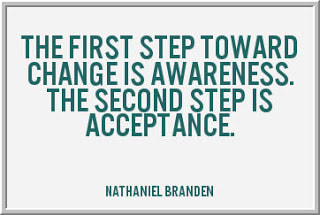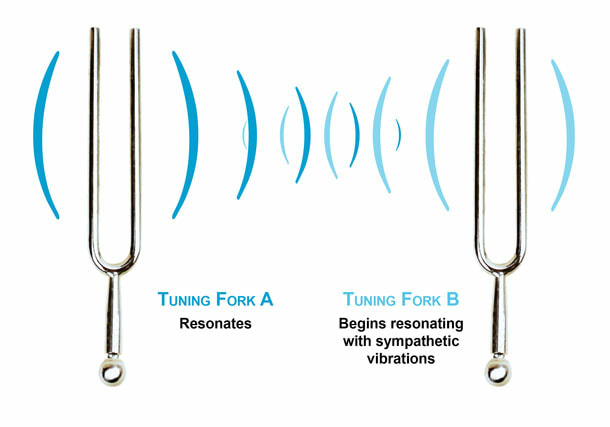So bear with me, because I’m going to present three little stories which may seem to have nothing to do with each other. Then I’m going to connect them. And then, I am going to… well… wait and see.
So here are the three things that don’t seem connected:
 Nora Duffy playing in Downtown Stockton
Nora Duffy playing in Downtown Stockton Years ago, I read an interview with a woman drummer. I am sorry to say that I did not take note of her name at the time, because I did not know that her story would take root inside me and become so central to my understanding of my own craft. This drummer was talking about a period of her life when she was busking—playing on the sidewalk for donations. She explained how a passer-by would come and stand in front of her, listening, and how she would start trying to “read” them, rhythmically. She would begin to drum the rhythm and patterns that she was picking up from them. And she said that when she did that, their energy would change almost immediately. In a good way. Okay. That’s the first story.

There is this slogan, "The first step toward change is awareness. The second step is acceptance." Much as folks fear and resist change, the accepted wisdom is that the first two steps are actually the most challenging. Once awareness and acceptance are achieved, often the change just happens organically. Because change is a law of nature.
A tuning fork is that thing that folks use to tune a piano and other instruments. It looks like a long, skinny, two-pronged fork that’s not pointed on the ends. When the piano tuner takes the tuning fork and strikes it against a surface, it vibrates, giving off a very pure musical tone. This tone is a much more reliable standard for tuning an instrument than human guesswork.
Sympathetic vibration is a phenomenon that can be demonstrated with a tuning fork: Take two tuning forks and mount them upright on separate wooden boxes. Strike one of the forks, and once you hear the tone, silence it… probably by grabbing it. You will hear the second fork—the one that you did not strike—giving off the tone! Magic, right? No, sympathetic vibration. Wikipedia defines it as, “a formerly passive string or vibratory body responds to external vibrations to which it has a harmonic likeness.” Hold that thought.

What does this have to do with theatre?
Well, like the busking drummer, theatre has an audience. It has people sitting in front of the performers, giving them their attention. As the slogan says, awareness and acceptance are a sequence or process that lead to change. And finally, theatre tells as story with characters, situations, and themes—and all of these have a resonance, like a tuning fork that has been struck. And—stay with me—I am going to make a daring suggestion. I am going to suggest that audiences, like that second, unstruck tuning fork, are “vibratory bodies.” They may have been passive when they stepped into the theatre, but, if there is anything in the play (character, situation, theme) which resonates with their own inner truth (in physics lingo “sufficient harmonic relations”), they are going to respond to those vibrations with their own vibration. And, just like the people facing the drummer and hearing their own rhythms reflected in her drumming, they will change. They become aware; they accept; they change.

This play, Miss Le Gallienne Announces the Season, puts something on stage that is rarely seen and even more rarely discussed. It puts something on the stage that goes against the grain in a patriarchal, rape culture. It shows that “getting right back up on the horse” after a traumatic experience is not a path to healing and a pretty risky way to signal recovery.
My job as a playwright is done. The change is not my job.



 RSS Feed
RSS Feed
